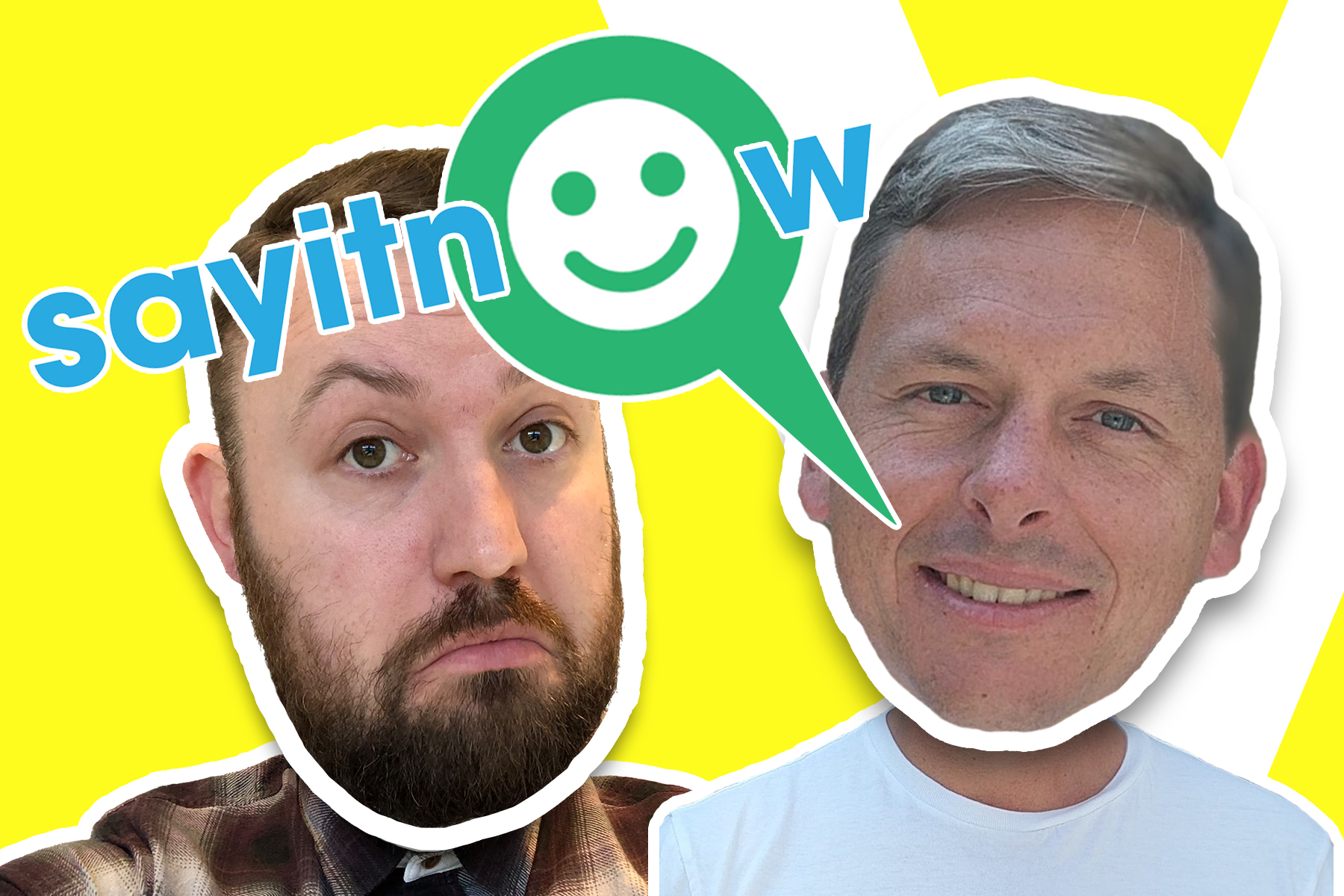It’s been a busy few weeks with both of the top two voice assistant platforms announcing new devices and software improvements, but what does it all mean for brands, designers and developers?
Google Home Mini becomes top selling smart speaker
That’s right, the Google Home Mini smart speaker outsold all other smart speakers in Q2.
Google’s intense advertising over the summer months looks like it could be starting to pay off. It still isn’t the market leader. Amazon still holds that spot, for now.
Takeaway:
At the beginning of this year, Google Assistant was a nice-to-have feature in your voice strategy. Google’s progress over the summer and the recent sales of the Google Home Mini now mean that obtaining a presence on Google Assistant is unavoidable for brands looking to make serious play in this space.
We discuss whether you should use a tool like Jovo for developing cross-platform voice experiences or whether you should build natively.
Dustin’s pro tip:
If you need access to new feature updates as and when they’re released, you should build natively. If you’re happy to wait, use something like Jovo.
Google rumoured to be launching the Google Home Hub
It’s rumoured that Google will be releasing a smart display to rival the Amazon Echo Show.
In the podcast, we said that this will go on sale in October. That’s not the case. The actual sale date hasn’t been announced yet.
Takeaway:
With more voice assistants bringing screens into the equation, designing and developing multi modal experiences is going to be an increasing area of opportunity over the next year.
Google becomes multi-lingual
Google announced multi-lingual support for Google Assistant. That means that you can speak to the Assistant in a different language and have it respond back to you in that language without having to change the language settings. This is a great feature for households that speak more than one language.
Takeaway:
Although this might not be widely used initially, this is a great step forward in providing a frictionless user experience for those who speak more than one language. For brands, this brings the necessity to internationalise your voice experiences closer to home.
Check out the podcast we did with Maaike Dufour to learn more about how to transcreate and internationalise your voice experience.
Amazon announces about a million Alexa devices
Amazon announced a whole host of Alexa enabled devices last week, including:
- Echo Dot V2 and Echo Plus V2
- A new Echo Show (with a 10 inch screen)
- Echo Auto (for the car)
- Echo Sub (a subwoofer)
- Fire TV Recast (a TV set top box)
- An Alexa-injected microwave
- A clock, with Alexa built in
- Echo Input (turns any speaker into a smart speaker)
- A Ring security camera
- A smart plug
- An amp
Takeaway:
These new devices, whether they succeed or fail, present opportunities for brands, designers and developers in that they provide an insight into a user’s context. That can help you shape an experience based around that context.
For example, you can now target commuters with long form audio through Alexa while they’re driving. You can provide micro engagement through Alexa while your customer is cooking their rice.
This could be the beginnings of the ‘Alexa Everywhere’ movement, which will be laden with opportunities for those who seek to understand where users are and what they’re seeking to achieve at that time.
Alexa Presentation Language
The Alexa Presentation Language allows you to design and develop custom visuals to enhance your user’s screen-accompanying Alexa experience.
Until now, if you wanted to serve visuals on an Echo Spot or Echo Show, you’d have to use one of 7 design templates. This announcement means that you can create your own designs and even do things like sync visual transitions with audio and, in future, there’ll be support for video and HTML 5.
Takeaway:
As with many of the items in this week’s Rundown, there’s an increasing emphasis on multi-modal experiences. Over the next year or so, expect more voice + screen devices. This will mean that you’ll need to start thinking about how you can add value through visuals as part of your offering.
Kane’s pro tip:
Even though there are more options for voice + screen, still focus on creating voice-first experiences. Don’t let the screen take over. Lead with voice and supplement or enhance with visuals.
Alexa smart screen and TV device SDK
This announcement enables device manufacturers to create hardware with a screen that runs Alexa. For example, Amazon will announce the details of how Sony have used the SDK to add Alexa capability to their TVs.
Takeaway:
For hardware brands, you can now add Alexa to your products. For the rest of us, watch this space. This is yet further evidence to suggest that voice + screen experiences are going to be something users come to expect in future.
Introducing the Alexa Connect Kit (ACK)
ACK allows device manufacturers to add Alexa to their hardware without having to worry about creating a skill or managing cloud services or security.
Essentially, you can add an ACK module to your device, connect it to your micro controller and hey presto, you have an Alexa enabled device.
It’s the same thing Amazon used to build their new microwave.
Takeaway:
Another opportunity for hardware brands to add value to your product line and another signal that Alexa will potentially be spreading further and wider. If you haven’t thought about how this might impact your business and the opportunities you might find in future, this is a good time to start that thought process.
Two final Alexa announcements:
Whisper mode, which enables a user to whisper at Alexa and it’ll whisper back.
Hunch, which is Alexa’s first move to become proactive in suggesting things you might want to do based on previous behaviour.
Takeaway:
In unclear whether either of these things require developers to markup their skills for this in any way or whether Alexa will take care of everything for you.
Finally, Bixby
Bixby will be opening up for public Beta in November after a few months in private beta.
There was a webinar this week, exclusive to the private beta members, which included a host of announcements. I’m still trying to get hold of the webinar or someone who can shed some light on it and we’ll try and bring you further news on this on the next Rundown.




